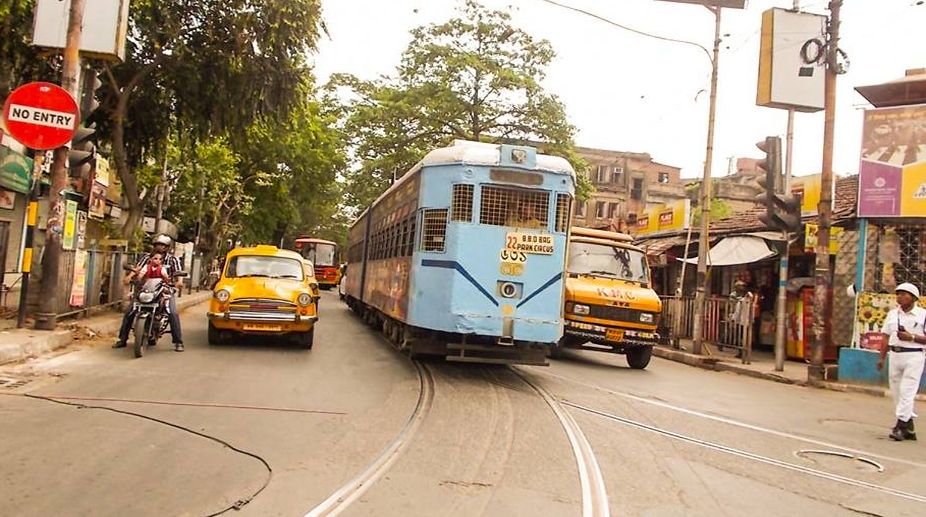Enjoy free bike ride to poll booths in 4 cities
Citizens of Kolkata, looking forward to exercising their franchise during the ongoing elections would be able to enjoy a faster conveyance to their polling booth, free-of-cost.

(Getty Images)
It is curious why Kolkata is associated with only a few landmarks like the Victoria Memorial, the Kalighat temple, the Alipore Zoo and the Indian Museum and age-old symbols like the tram and the hand-pulled rickshaw when it can claim many more proud possessions.
Thousands of visitors, especially during the winter holidays, make a beeline for the most talked about attractions. On the other hand, a place like the MP Birla Planetarium has unique treasures that have also left a lasting impression. The hundreds of astronomical shows that it has presented over the years have made a meaningful contribution to the city’s academic environment.
Obviously there is much more to the “tara mandal”, as it is universally known, than an excursion that comes alive with sandwiches and pastries. The immaculately structured domed edifice has done the city proud for more than 50 years and has drawn millions of visitors who have discovered the wonders of star gazing.
Advertisement
It is one of the largest in the world, the first of its kind in Asia and a gift that was rededicated to the city last week by the chief minister with a brand new look and upgraded features. If the cosy interiors are attractive enough for an experience of the mysteries of the universe that one can cherish, the environment is no less pleasing. It is in the heart of Kolkata’s splendid greenery – in the historic milieu ofthe Victoria Memorial, the St Paul’sCathedral, the Academy of Fine Arts,
Rabindra Sadan and Nandan.
Kolkata has long been regarded as the country’s cultural capital and the Planetarium is one of the enduring delights confirming that reputation with its popular studies of astronomy, astrophysics, space science and even mythology. As remarkable as the visual feast is the recognition of the technological marvel that has given the city an opportunity to share its magical experience with London and a few other major cities that have similar establishments. The result is what Jawaharlal Nehru described in July 1963 – when he inaugurated the Planetarium – as “an idea of what we are and what makes us think in a true perspective”.
What makes Kolkata’s experience of space science special is the organised effort to draw students of various gegroups. The pleasure that the young derive from the shows add brilliant colours to the knowledge gathered from textbooks. It extends to workshops, diploma courses and research projects aimed at more advanced studies in astronomy.
But when all is said and done, the Planetarium remains a joyful experience after two years that has paved the way for full-dome digital projections, an exhibition gallery, a seminar hall and an astro-corner. The excitement of experiencing the unknown is quite palpable – whether it is a group of chattering school children on a guided tour with their teacher or a young couple relishing a few hoursof starry-eyed togetherness.
If the education comes with abundant pleasure, it is more than what students burdened with homework and examinations could have asked for – and much more than a
study centre with solemn associations.
Citizens in general have discovered that space science can be a refreshing escape. Having witnessed dramatic changes in the city’s skyline, they can simply revel in fresh adventures in the sky.
Advertisement